5 THEORIES ABOUT WHAT ALIENS MIGHT LOOK LIKE
What creatures can live on other planets? Are they like people or life there had a very different, unexpected form?
As soon as we learn more about our Universe, scientists are beginning to speculate about how it might look from space.
Here are some of the theories put forward by researchers about what aliens look like.
1. A huge jellyfish
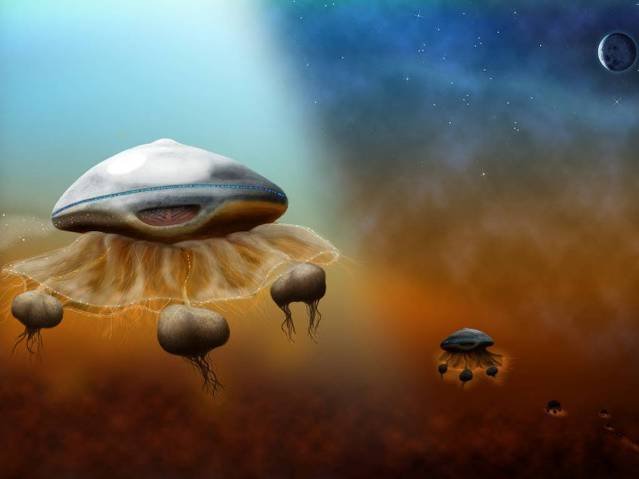
British researcher Dr Maggie Aderin-Pocock (Maggie Aderin-Pocock, believes that aliens may be marine animals that use light pulses to communicate with other aliens.
Their body is expanding from sunlight, and they are covered with a metallic surface to absorb the light. For growth and reproduction they have the mouth to absorb chemicals from the atmosphere. Lenses help them to consider their environment. The lower part of the body of aliens painted in orange color for camouflage, and special bags allow them to stay in the air.
The scientist built his theory on the basis of how our planet's life began in the oceans. She came to the conclusion that creatures could interact with the atmosphere on other planets, as well as organisms in the oceans interact with the water.
2. Insects
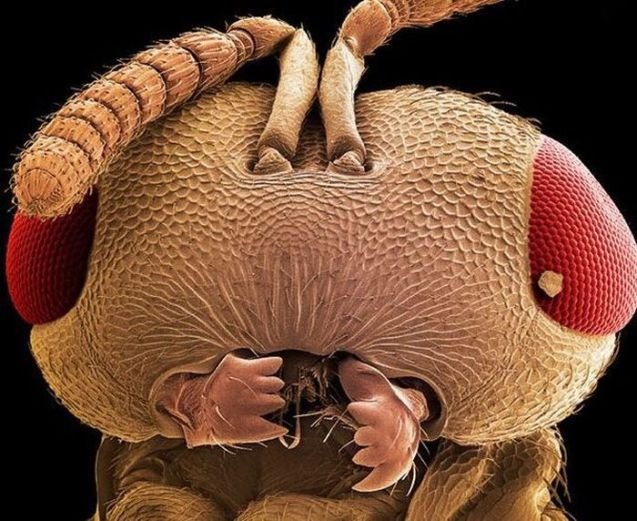
Cockroaches are among the most persistent creatures on the planet. Due to the thick exoskeleton they can survive in various extreme conditions, including a nuclear explosion.
Life forms similar to these insects are the most likely candidates for the role of alien beings, given the diversity of habitats in the Universe.
3. Like people
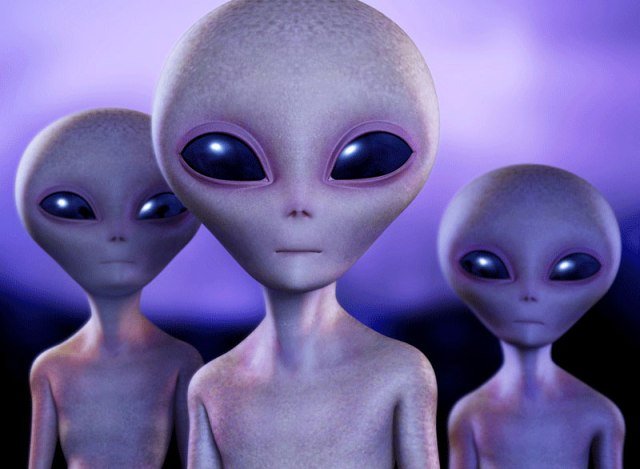
British paleontologist Simon Conway Morris (Simon Conway Morris) believes that if alien life exists, we need to fear it.
He put forward the theory that aliens are likely similar to humans not only in appearance and biologically but differ in the the same disadvantages, such as greed, aggression and a tendency to use the resources of others.
As explained by the scientist, evolution is quite predictable, and biosphere on other planets should lead to the appearance of these intelligent beings with ever-growing demand for resources.
4. Non-carbon life form
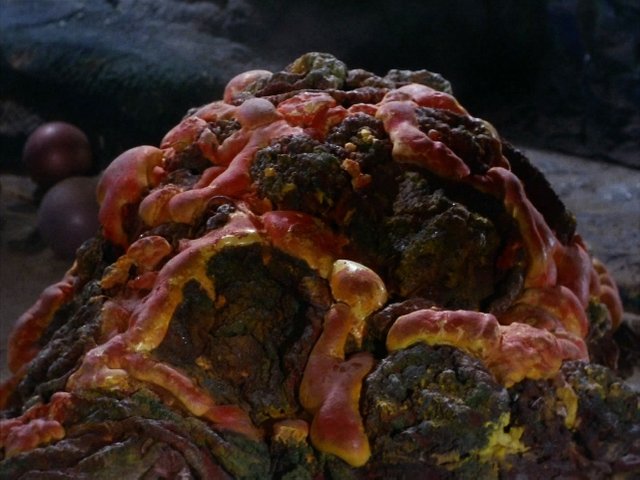
A large part of the forms of life found on our planet consist of carbon, hydrogen, nitrogen, oxygen, phosphorus and sulfur. However, in 2010, scientists found organisms that do not require oxygen.
This caused a few questions about how we imagine life and what it can be.
There are scientific hypotheses, according to which the Universe is non-carbon life form, namely flint. The silicon is immediately under carbon in the periodic table, has similar chemical properties and is widely distributed in the Universe.
If so, the aliens are unlikely to have anything to do with what we see on our planet.
5. Fantastic creatures
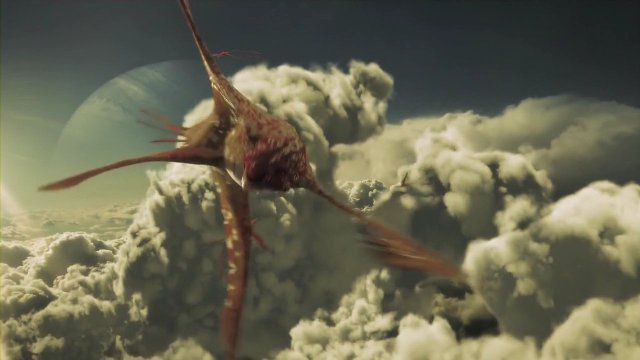
Only within the milky way is 60 billion planets may exist extraterrestrial life and take any fantastic form.
Astrobiologist Lewis Dartnell (Dr. Lewis Dartnell) from University College London has put forward several hypotheses of what could be aliens on planets different from ours.
On the planet, covered in vast oceans, can grow aquatic creatures like those that live in the depths of our oceans.
On a planet with strong gravity and dense atmosphere living large, strong and aggressive flying creatures.
In icy worlds is likely to survive bacteria that combined into a giant network.
1. Mutual Subscription.
2. Mutual Upvote.